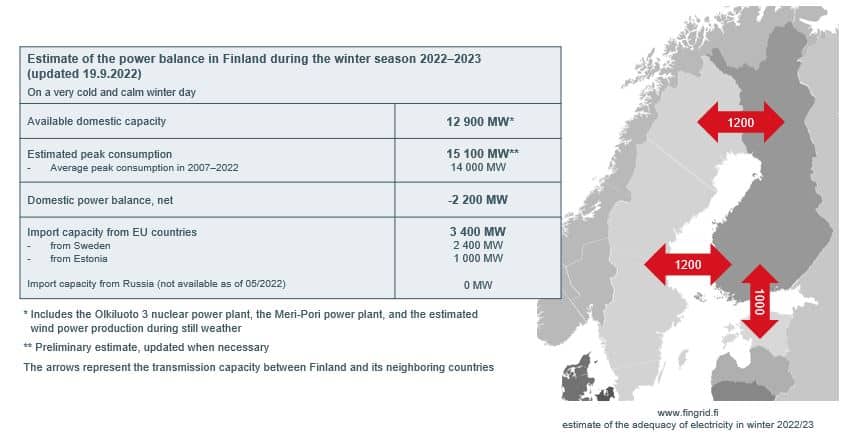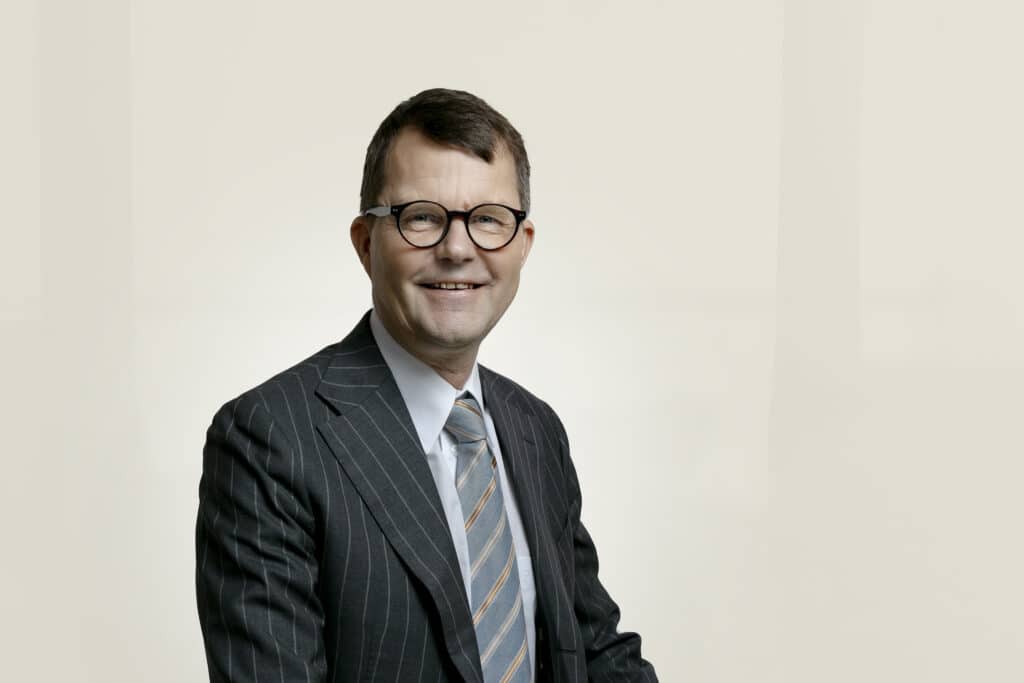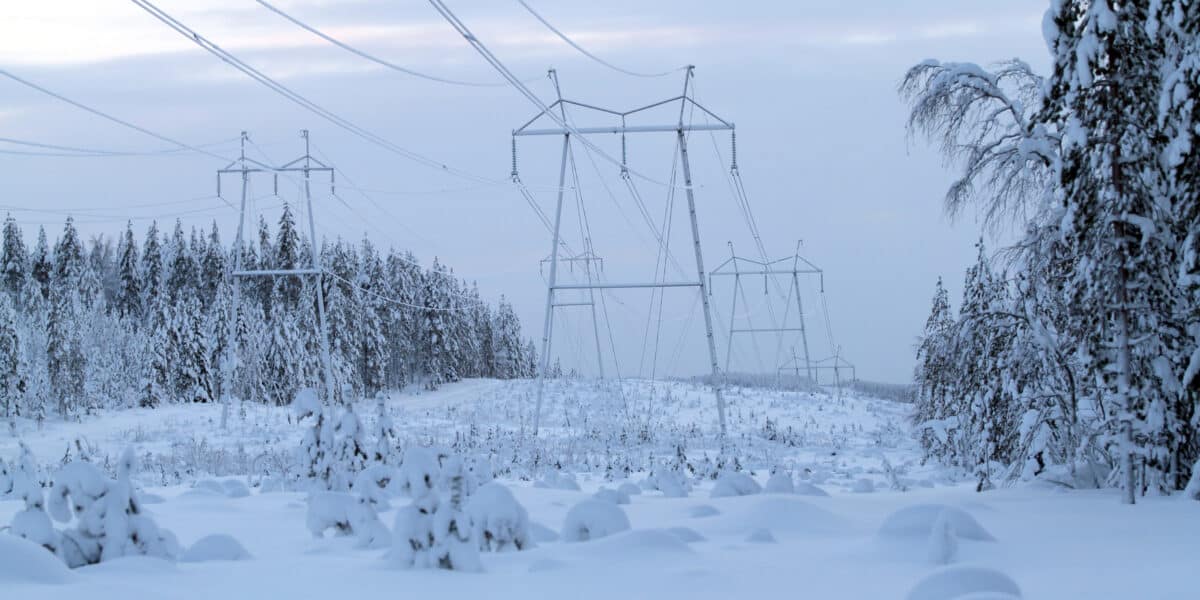This year, the range of means available to produce the electricity consumed in Finland has changed significantly, as imports of electricity from Russia have been discontinued. At most, it was possible to import nearly 1,500 megawatts, but the change was not a problem, because Finland has maintained a strong and diversified domestic electricity production mix.
In addition, a combined 3,700 megawatts of capacity in the import connections from Sweden and Estonia provide alternatives.
“Our energy system does not need electricity from Russia. A varied and diverse energy system can withstand changing circumstances. However, with the coming winter in mind, it is very important that Olkiluoto 3 is commissioned on time,” says Jukka Ruusunen, Fingrid’s CEO.
Although Finland will get by without importing electricity from Russia, the change in Russia’s status in the international energy trade is impacting the electricity markets in Finland.
“The occasionally dramatic price rises in Finland are because of Russia.”
“The occasionally dramatic price rises in Finland are because of Russia. When the price of gas rises significantly, electricity produced using gas in Central Europe becomes more expensive, and this price signal is transmitted on the common electricity market as far as Finland. When we have more domestic production, the price of electricity produced by burning fossil fuels elsewhere will have less of an impact on us,” Ruusunen says, describing the causal link.

Electricity becomes a competitive factor
Electricity production in Finland has increased substantially, and more is on the way.
“Next year, Finland may produce as much electrical energy as it consumes,” Ruusunen says.
However, he emphasises that Finland would not constantly be producing the electricity that is consumed in Finland. Instead, electricity is exported and imported via the cross-border connections depending on the circumstances.
The Olkiluoto 3 nuclear power plant is a major addition to Finland’s capacity. The plant is currently expected to begin outputting a steady 1,600 megawatts of base power in December. Alone, it will account for about 15 per cent of the electricity consumed in the country. Even before this milestone, Olkiluoto 3 will feed electricity into the grid during trial operation at varying levels of power.
The second enormous change in scale is the combined effect of the wind turbines being built around the country.
According to the Finnish Wind Power Association, a record 1,900 megawatts of new wind power will be completed this year. If this comes to pass, Finland will have more than 5,000 megawatts of wind power by the end of the year. The Olkiluoto 3 nuclear power plant will bring Finland’s total nuclear power capacity to 4,400 megawatts.
The output of wind turbines varies significantly depending on the weather conditions.
Comparing the nominal output of wind power plants to the nuclear power production capacity can be misleading. Nuclear power produces electricity at a constant and steady rate, while the output of wind turbines varies significantly depending on the weather conditions.
Wind power has already reached a peak output of almost 3,200 megawatts. Last year, nearly 12 per cent of all the electricity consumed in Finland was generated from the wind.
Wind power construction is making giant leaps forward. By the end of 2025, the installed capacity is expected to reach 10,000 megawatts. Some have said that as much as 20,000 megawatts of wind power capacity may be installed by the end of the decade. Then, wind farms could generate an astonishing 65-70 terawatt-hours of electricity every year, equivalent to nearly all the electricity produced last year. This will require a significant increase in electricity consumption, and Finland offers the right conditions for the abundant supply of clean and affordable electricity.
“We still need additional electricity generating capacity to make up for the dips in production when the wind does not blow. New forms of energy storage will also be important,” says Ruusunen.
Reliable, green and cheap
The change will require investments to be made by electricity producers and also Fingrid, which is investing a record three billion euros in the main grid over the next ten years.
In the first six months of this year alone, Fingrid has worked on 63 substation projects and numerous transmission line projects that will boost the electricity transmission capacity.
International transmission connections are also being built. The Aurora Line, due for completion in 2025, will increase the electricity transmission capacity from Sweden to Finland by 800 megawatts. Fingrid is now working on plans for Aurora Line 2, which will be the fourth AC connection to Sweden, as well as the third interconnector to Estonia.
Jukka Ruusunen also emphasises the importance of electricity consumers as drivers of development.
“Hydrogen production will start to have a major effect before the end of the decade.”
“In the future, we will ask where more electricity is needed. Indeed, significant investments at the consumption end would be beneficial. Industrial projects dictate the rules of this game, and hydrogen production will start to have a major effect before the end of the decade.”
The scale of the impact will be huge: while the rapid progression of electrification in road traffic will lead to less than 5 terawatt-hours of annual consumption by 2035, hydrogen projects and the electrification of industry may increase consumption by tens of terawatt-hours.
According to Ruusunen, inexpensive onshore wind power is a major competitive advantage for Finland. The clean, renewable energy generated in this way will offer a wealth of opportunities for industrial investments.
“Industry needs electricity that is competitively priced, reliable and green. This will lay the foundation for a new wave of industrialisation.”

Eyes on the ball with the whole game in mind
While Fingrid ensures there is enough electricity to cater for current consumption peaks, it is important to look ahead, well into the next decade. One milestone will be 2035, the year by which the Finnish government aims for the country to become carbon neutral.
“If we are to reach the carbon-neutrality target, electricity consumption will need to increase dramatically to almost double the current figure.”
It is also important to look farther ahead because it can take as long as decades for energy investments to come to fruition. For example, the Finnish parliament made a decision in principle on the construction of the new Olkiluoto nuclear power plant 20 years before the plant generated any electricity.
“Back then, the future looked very different. Projections for the growth in electricity consumption were based largely on the assumption that Finland would have much more heavy industry, which consumes a lot of energy,” Jukka Ruusunen says.
The idea was to create a robust power system based on centralised production.
“In those days, carbon dioxide emissions and climate change were not the hot topics they are today. Renewable energy was seen as a marginal phenomenon.”
View the state of the power system in real time
The information page entitled “State of the power system” provides a real-time overview of electricity production, consumption and transmission in Finland. It is also possible to track the market price of electricity, as quoted on the power exchange hourly.
The page also shows how much electricity is being generated by units such as water, nuclear and wind power plants at any given moment, as well as how much electricity is transmitted between Finland and its neighbouring countries and the direction of flow.
Read more: fingrid.fi/sahkojarjestelmantila
Users are developing applications using open data
The open data offered by Fingrid enables new services and applications to be developed for the energy sector.
Kemijoki Oy, Finland’s most significant producer of hydro and balancing power, makes use of Fingrid’s open data. The company says that it uses Fingrid’s data to supplement the data it collects from its own power plants.
Kemijoki consolidates the data to prepare analyses and forecasts, and it also uses the data in an application based on artificial intelligence. The data is essential for keeping production and consumption in balance at all times in the electricity market.
Read more: data.fingrid.fi






